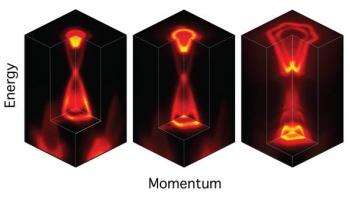A new dilute magnetic semiconductor is a promising spintronics material
Researcher from North Carolina State University developed a new material, strontium tin oxide (Sr3SnO) that is a dilute magnetic semiconductors and can be integrated into silicon chips. This means it may be useful for room-temperature Spintronics devices.
The researchers created this material as an epitaxial (single crystal) thin film on a silicon chip. They actually wanted to test whether it is a topological insulator, but surprisingly found out that it has magnetic semiconductor.

